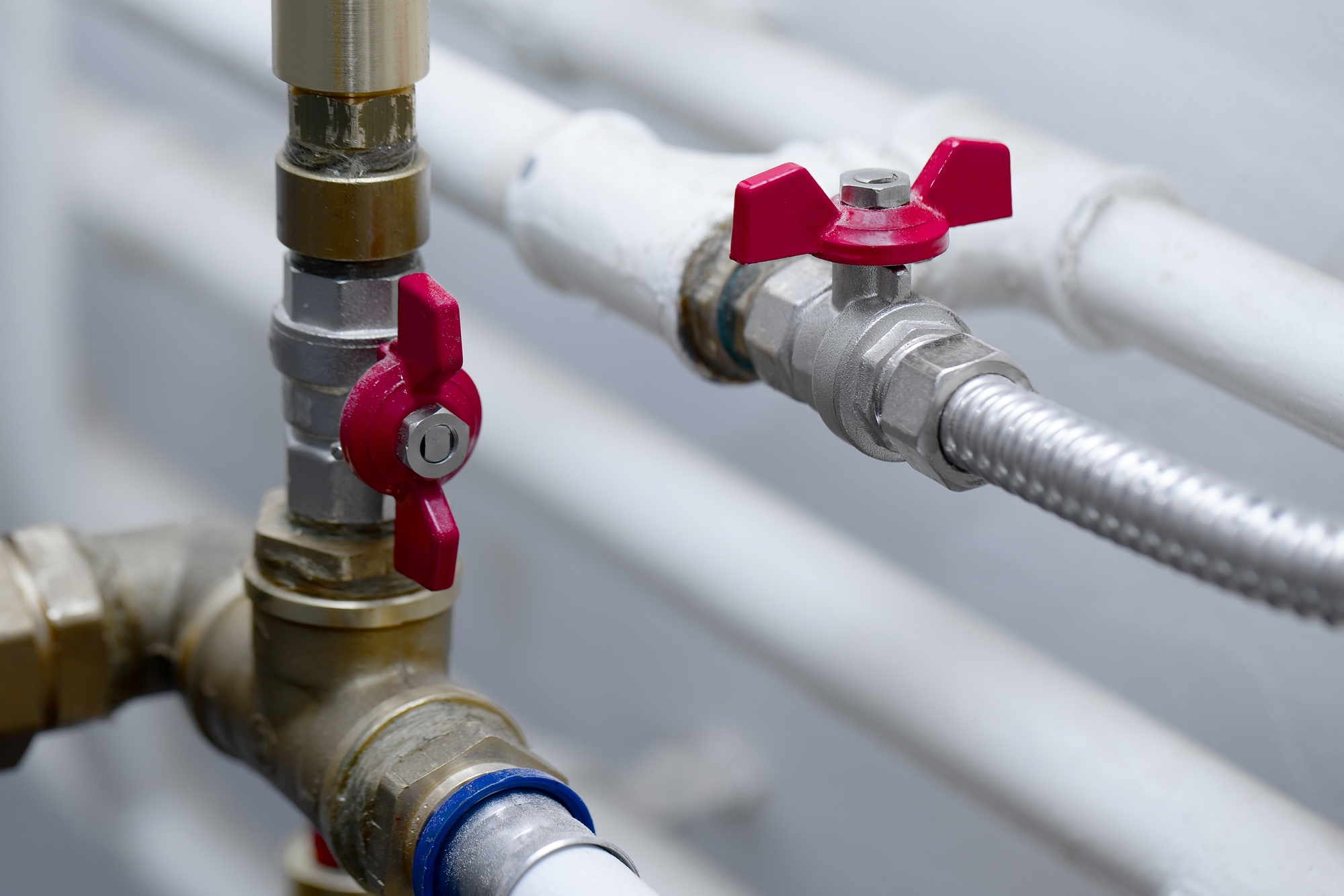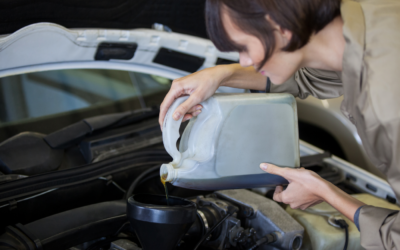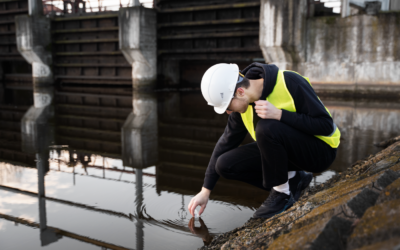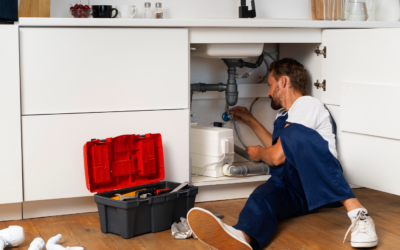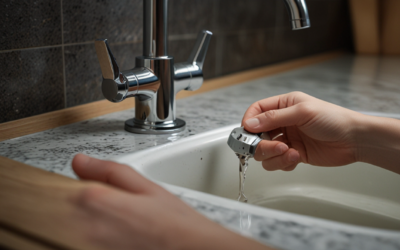As a homeowner, it’s essential to know about the various plumbing fixtures and equipment installed in your home. Being knowledgeable of your home’s plumbing system can save you time and money in the long run, particularly when you have to fix or replace a component of your plumbing. One of the most critical aspects of your plumbing system is the valves installed throughout your property.
Valves play a crucial role in controlling the water flow and pressure in your home’s plumbing system. If you experience a leak or a burst pipe, knowing the location and function of each valve can help you to control the water damage and potentially avoid costly repairs. Here is an ultimate valve identification guide for homeowners.
1. Gate Valve
A gate valve is the most recognizable type of valve. It typically features a round or square-shaped handle that when turned, opens or closes the valve. The gate valve is an on/off valve that controls hot or cold water flow from the main line into your home. They are usually located near the main water supply connection, and they are not ideal for throttling or controlling the water pressure.
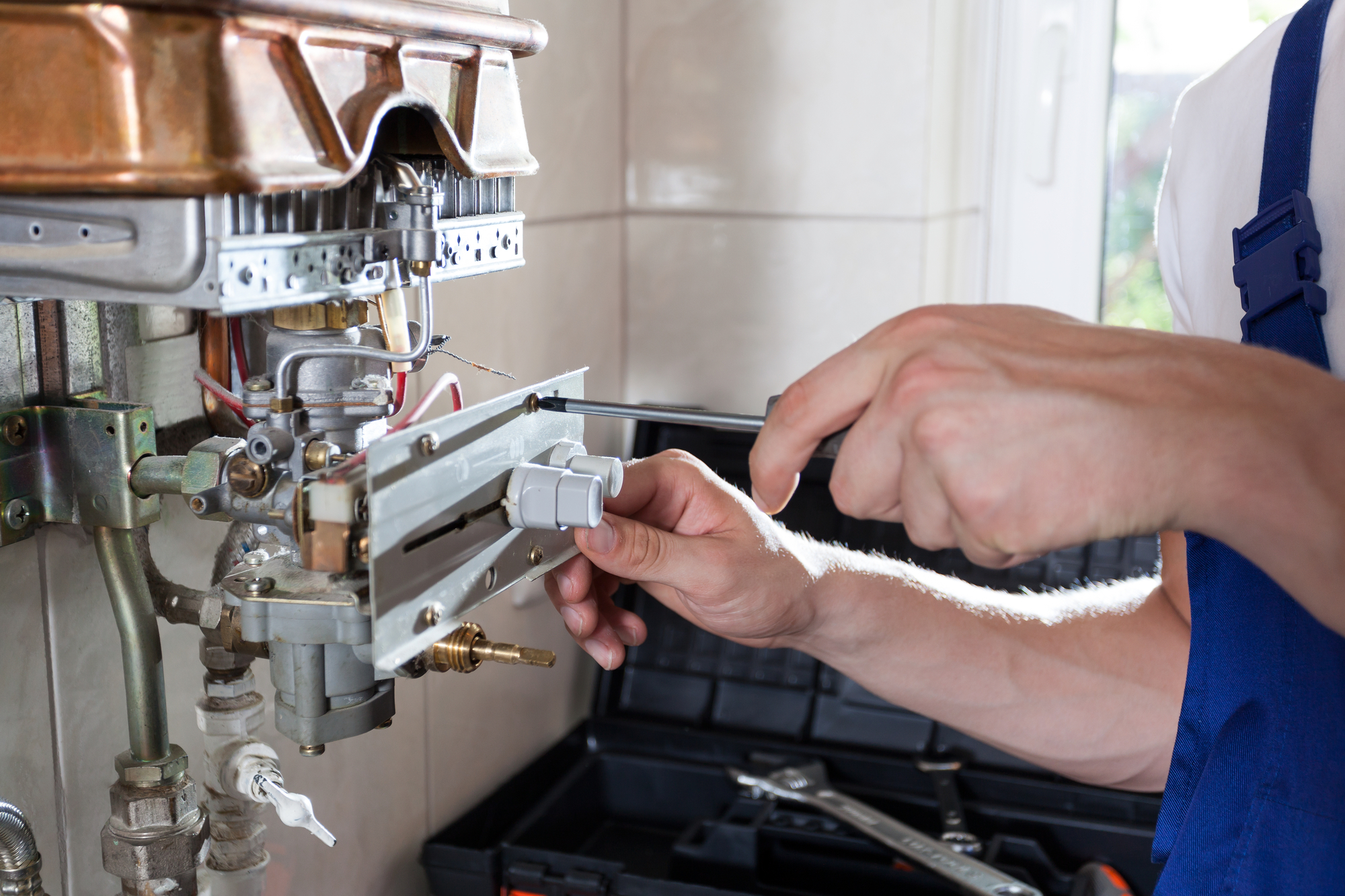
2. Ball Valve
Ball valves are an increasingly popular type of valve that features a lever-shaped handle. A quarter-turn of the handle opens or closes the valve, making them quicker to operate than gate valves. The ball valve is a full-bore valve designed to control water flow in hot and cold water pipes. They are generally seen in supply lines that provide water to individual fixtures such as sinks, showers, and bathtubs.
3. Globe Valve
Globe valves are identifiable by their spherical body shape, which consists of two halves that divide vertically. These halves are joined together by a spindle with a threaded stem that moves up and down, allowing water flow in a controlled manner. Globe valves are ideal for use in areas where more precise water flow control is required, such as on irrigation lines.
4. Angle Valve
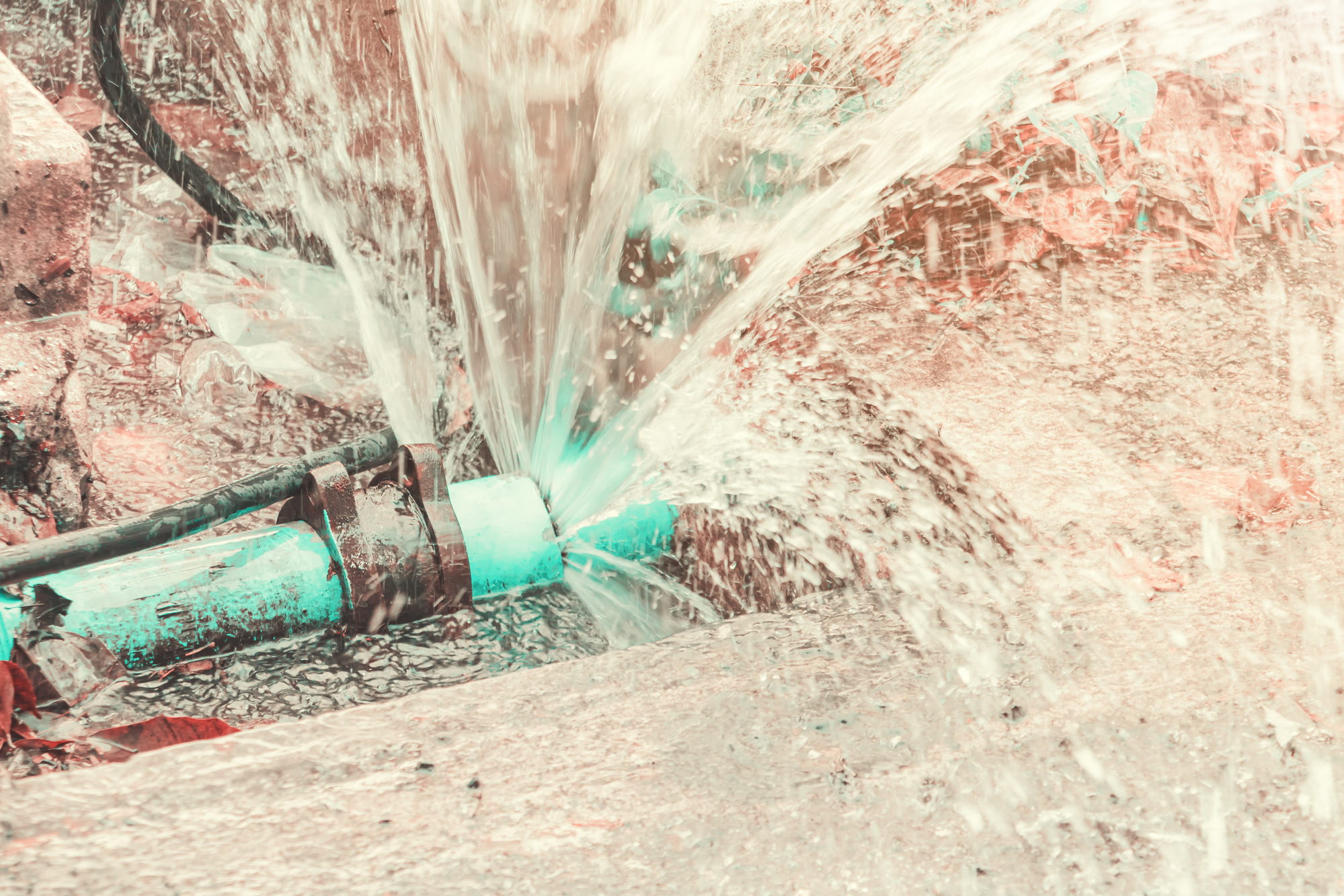
Angle valves, also called stop valves, consist of two parts connected at a right angle with a spindle that opens and closes the valve stem. They are typically used to control the plumbing supply line’s water flow to individual fixtures, such as toilets and sinks. They are easily identifiable, usually located under the sink, near the toilet or in a crawlspace.
5. Pressure-Reducing Valve
A pressure-reducing valve (PRV) helps regulate and reduce water pressure coming into your home. High water pressure can damage your home’s plumbing system, cause leaks, burst pipes, or even lead to fixture failure. PRVs are essential for homes with high water pressure. The PRV valve is usually connected to your home’s water meter or the main location where the water supply enters your home. They are easily identified by their cylindrical shape and a bell-shaped cover.
6. Check Valve
Check valves allow water to flow in one direction only. They are an essential part of your home’s plumbing system, particularly for backflow prevention. A check valve prevents wastewater from flowing back into your clean water supply. They are typically installed on the main supply line where the water enters your home. Check valves are usually located near the water meter.
7. Air Valve
Air valves ensure air gets released from the water supply line, protecting the plumbing system from damage caused by high-pressure air pockets. These valves are usually installed in the highest points of a plumbing system to expedite the release of air. Air valves are easy to identify, as they are generally sited on top of vertical pipes installed by themselves or screwed onto the highest point on the pipeline.
In conclusion, identifying the various valves installed in your home’s plumbing system can be the key to preventing disasters and potentially expensive repairs. Regular checks on these valves to ensure they’re functioning correctly can prevent leaks, burst pipes, and backflow. Familiarize yourself with the location and function of each valve in your plumbing system, and you’ll be prepared to manage any plumbing issues that may arise. Remember, if you need any plumbing services, the experts at Ace Plumbing Repair are always available to help. Give us a call at (844) 711-1590, or visit our website, aceplumbingrepair.com, for more information.

